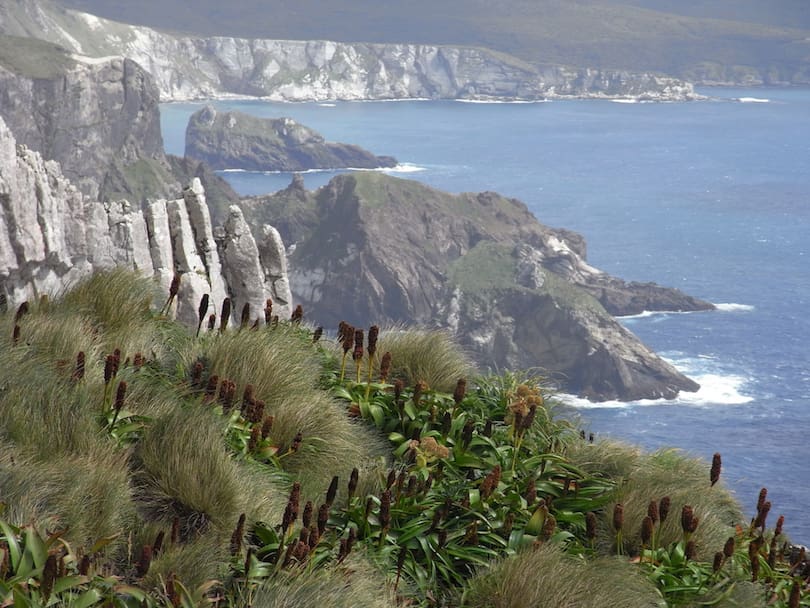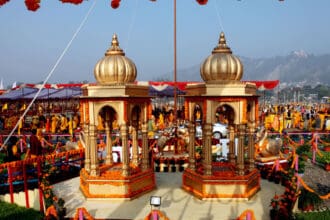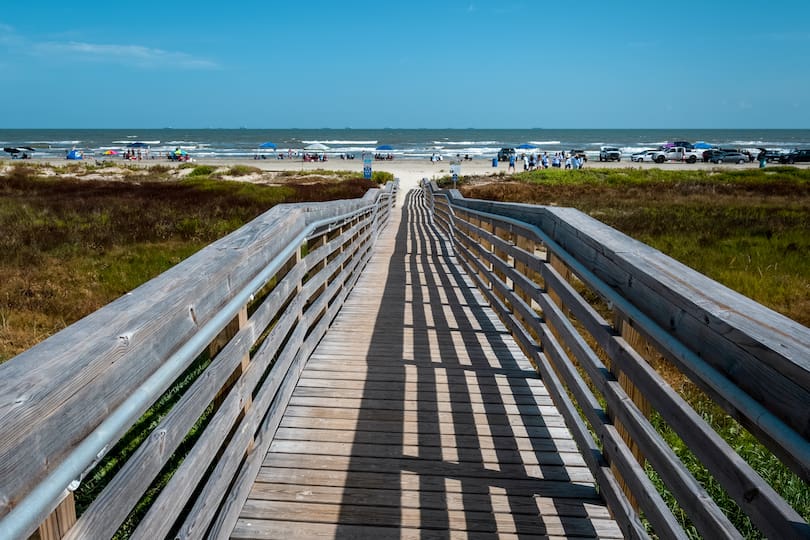If you’re planning a trip to Cambodia, one destination that should be at the top of your list is Angkor, a vast temple complex that was once the center of the Khmer Empire. Home to hundreds of temples, each with its unique architectural style and cultural significance, Angkor is a UNESCO World Heritage site that attracts millions of tourists every year. In this article, we’ll explore the 10 most magnificent Angkor temples that you shouldn’t miss on your trip to Cambodia.
1. Angkor Wat – The Crown Jewel of Angkor
Angkor Wat, the largest and most well-known temple in Angkor, is the most visited temple in Cambodia. Built in the early 12th century, it was originally a Hindu temple dedicated to the god Vishnu but was later converted to a Buddhist temple. The temple’s main attraction is the central tower, which is surrounded by four smaller towers, all of which are adorned with intricate carvings and bas-reliefs.
2. Bayon Temple – The Smiling Faces Temple
Bayon Temple, located in the heart of Angkor Thom, is known for its 54 towers, each of which is adorned with a smiling face. Built in the late 12th century, it was once the state temple of King Jayavarman VII and is now one of the most popular temples in Angkor.
3. Ta Prohm Temple – The Jungle Temple
Ta Prohm Temple, located in the Angkor Archaeological Park, is known for its picturesque setting, with trees growing out of the temple’s ruins. Built in the late 12th century, it was once a Buddhist monastery and university and is now a popular tourist attraction.
4. Preah Khan Temple – The Sacred Sword Temple
Preah Khan Temple, located north of Angkor Thom, was built in the late 12th century and was once a Buddhist monastery and center of learning. The temple is known for its intricate carvings, including depictions of scenes from Buddhist and Hindu mythology.
5. Banteay Srei Temple – The Lady Temple
Banteay Srei Temple, located outside of the main Angkor complex, is known for its intricate carvings and red sandstone construction. Built in the late 10th century, it was dedicated to the Hindu god Shiva and is considered one of the best-preserved temples in Angkor.
6. Phimeanakas Temple – The Celestial Palace
Phimeanakas Temple, located in the center of the Royal Palace complex, was once a Hindu temple dedicated to the god Shiva. Built in the 10th century, it is known for its central tower, which was believed to be the residence of the Khmer king and is now a popular tourist attraction.
7. Pre Rup Temple – The Mountain Temple
Pre Rup Temple, located south of the Eastern Baray reservoir, is known for its red brick construction and its location on a hill, which offers panoramic views of the surrounding countryside. Built in the late 10th century, it was once a state temple dedicated to the god Shiva.
8. Baphuon Temple – The Reclining Buddha Temple
Baphuon Temple, located in the Angkor Thom complex, was once a Hindu temple dedicated to the god Shiva but was later converted to a Buddhist temple. The temple is known for its 70-meter-long reclining Buddha statue, which was discovered in the 20th century and is now a popular tourist attraction.
9. Thommanon Temple – The Jewel Box Temple
Thommanon Temple, located east of Angkor Thom, is known for its exquisite carvings and compact size, which gives it the nickname “jewel box temple.” Built in the early 12th century, it is dedicated to the Hindu gods Shiva and Vishnu and is considered one of the best examples of classic Khmer architecture.
10. Bakong Temple – The First Mountain Temple
Bakong Temple, located outside of the main Angkor complex, was the first temple to be built in the architectural style that would later become synonymous with Khmer architecture. Built in the late 9th century, it is dedicated to the Hindu god Shiva and is known for its pyramid-shaped structure and intricate carvings.
Why You Should Visit the Magnificent Angkor Temples
The Angkor temples are not only architectural marvels but also offer a glimpse into Cambodia’s rich cultural heritage. The intricate carvings and bas-reliefs on the temples’ walls and towers are not only aesthetically pleasing but also depict scenes from Hindu and Buddhist mythology, giving visitors a window into the Khmer Empire’s religious beliefs and practices.
Moreover, the temples’ locations in the heart of the Cambodian jungle add to their charm and mystique. The trees growing out of the temples’ ruins and the sounds of the jungle animals create an atmosphere that transports visitors back in time to when the temples were still in use.
Conclusion
The 10 magnificent Angkor temples are a must-visit destination for anyone traveling to Cambodia. From the world-famous Angkor Wat to the lesser-known Thommanon Temple, each temple offers a unique experience that will leave you in awe of Cambodia’s cultural and architectural heritage.
FAQs
- How many temples are there in the Angkor complex?
- There are hundreds of temples in the Angkor complex, with estimates ranging from 1,000 to 3,000.
- What is the best time to visit the Angkor temples?
- The best time to visit the Angkor temples is during the dry season, from November to March, when the weather is cooler and there is less chance of rain.
- Are there any dress codes for visiting the Angkor temples?
- Yes, visitors are required to dress modestly and cover their shoulders and knees. Shorts and sleeveless tops are not allowed.
- Can I hire a guide to explore the Angkor temples?
- Yes, hiring a guide is recommended as they can provide valuable insights and historical context to your visit.
- Is there an entrance fee for visiting the Angkor temples?
- Yes, there is an entrance fee that varies depending on the duration of your visit. As of 2023, a one-day pass costs $37, a three-day pass costs $62, and a seven-day pass costs $72.







